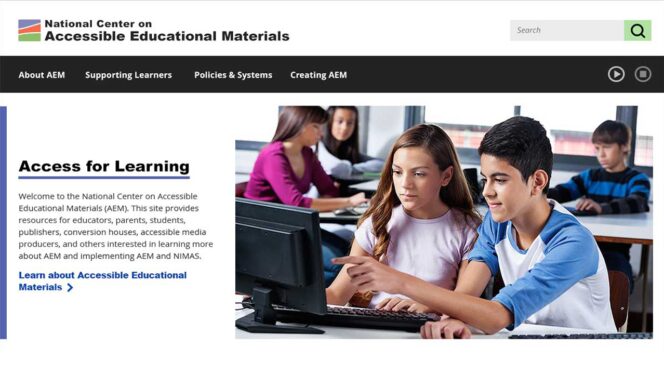This article examines the question of whether technology is central to the foundations of UDL or whether UDL is useful as a pedagogical framework that goes beyond technology. The authors use the UDL guidelines as a structural framework through which to examine these questions.
Q: What are the UDL Guidelines?
The guidelines provide a framework for identifying specific evidence-based options and alternatives to consider in designing successful learning activities for all students. They are organized according to the three main principles of UDL: Provide Multiple Means of Representation, Provide Multiple Means of Action and Expression and Provide Multiple Means of Engagement.
Q: Can the UDL guidelines be meaningfully implemented without modern technology?
Older fixed technologies, like print, demanded approaches to teaching and learning; the newer technologies allow, and encourage, flexibility and diversity instead. This power and flexibility greatly enhances the ability to individualize and customize the learning experience. However, as this article reveals, it is possible to implement the UDL guidelines without digital technology.
Q: Is UDL about modern technology or about teaching?
While modern technology makes implementation and elaboration of UDL easier, the UDL principles are guides to successful teaching for all students that can be applied with or without technology.
Q: How does UDL differ from good pedagogy?
Pedagogy, the science of teaching and learning, includes the educational methods that skilled educators use to guide and mentor the student in the learning process—increasing opportunities for learning. The purpose of UDL is to ensure that all students have equal access to those opportunities.
Q: Is UDL appropriate for all grade levels?
Although this article uses an example of a lesson typically used in the primary grades, UDL is a framework that can decrease barriers and maximize learning opportunities for all learners—from early childhood to adulthood. Preschools to institutes of higher education have begun embracing UDL in order to improve learning opportunities for all students.
Cite As:
Meyer, A., & Rose, D. H. (2005). The future is in the margins: The role of technology and disability in educational reform. In D. H. Rose, A. Meyer & C. Hitchcock (Eds.), The universally designed classroom: Accessible curriculum and digital technologies (pp. 13-35). Cambridge, MA: Harvard Education Press
